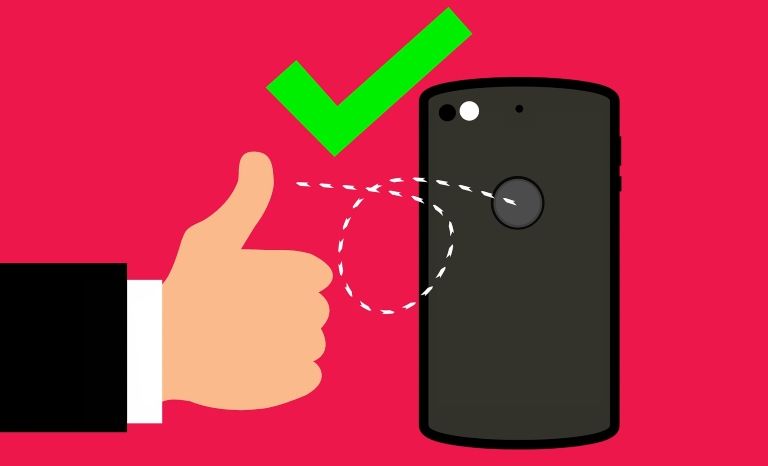Cross-Device Authentication and Tracking: The Opportunities and Underlying Privacy Risks
Cross-device tracking across multiple platforms can lead to issues. I cover the implications of cross-device authentication and what business owners need to understand.

Introduction
In a world where digital experiences define business success, cross-device authentication could offer businesses endless possibilities for embarking on a digital transformation journey.
Every internet user demands a rich and secure customer experience. And if they’re not catered with up-to-snuff experiences, they’ll switch to competitors.
Hence, businesses need to know what their customers want. But how can this be achieved, especially if users aren’t comfortable sharing their details in the first interaction with the platform?
Businesses need to utilize critical user data to assess user behavior and preferences, which can only be done by tracking users across multiple devices.
Here’s where the crucial role of cross-device tracking comes into play!
Cross-device tracking can be defined as the technologies that enable quick tracking of users across multiple devices, including laptops, smartphones, tablets, etc. It portrays the assortment of methods used to identify users and know if a single user utilizes different devices.
However, leveraging various technologies and methods for tracking users across multiple platforms has underlying risks.
Let’s uncover the aspects of cross-device authentication and tracking and what business owners need to understand.
What is Cross-Device Authentication and Tracking?
Cross-device authentication refers to providing access to users on multiple devices using a single authentication method. This authentication helps streamline the user experience while switching devices and delivers a unified experience.
Cross-device tracking, on the other hand, refers to the process of tracking the number of devices on which a user is logged in to a single account. This tracking is usually leveraged to collect crucial user information, including cookies stored on different devices that help create personalized marketing strategies.
However, collecting crucial user preferences and behavior information isn’t always reliable and secure.
Tracking users on different devices and fetching details has vulnerabilities, leading to data breaches and compromised user information.
Hence, businesses collecting user information should consider relying on secure ways of collecting user information that doesn’t create any risk for themselves and their customers.
Risks Associated with Cross-Device Authentication and Tracking
Fetching user details from their devices isn’t something that can be considered safe, especially when maintaining adequate privacy and security.
Businesses may compromise their sensitive information and customer details, which can lead to losses and fines worth millions of dollars since the data regulation and privacy laws like the GDPR and CCPA are rapidly becoming stringent.
Hence, it’s essential for business owners to ensure the highest level of data privacy protection and security while collecting, storing, and managing customer information.
How Can Businesses Gather Crucial User Insights Securely Without Compromising User Experience?
Businesses must pay close attention to consumer experience and the total digital and in-person interactions a user has with a brand. At baseline, a good consumer experience needs to work to deliver products and services with minimal fuss and utmost security.
And if a business wants to pull out and stay ahead of the curve, that experience needs to be remarkable, personal, and delightful.
With a smart CIAM like LoginRadius, businesses can collect user data over time that can be used to create marketing strategies as enterprises understand whom they should target.
Moreover, businesses can successfully target their customer base with data collected and organized in the Admin Console. The LoginRadius Identity Platform makes complex customer analytics easy to understand via detailed graphs and customer insights.
Also, enterprises can export data visualization elements, including graphs and pie charts, to Microsoft Excel by clicking a button. Customer analytics has never been much easier with LoginRadius Admin Console as it also supports effortless integration with insights and analytics applications for enhanced data visualization.
The smart CIAM lets you expand your understanding of customer activity over different periods of your sales or season cycles.
What’s more remarkable is that you can export data visualization elements to third-party applications for in-depth data analysis that further helps create winning strategies.
Customer analytics has never been more accessible with the LoginRadius Admin Console.
The Bottom Line
Cross-device authentication and tracking could be quite beneficial for businesses as it opens new doors to marketing opportunities.
However, the risks associated with customer data collection, storage, and management can’t be overlooked since cybercriminals always search for loopholes to sneak into a business network.
Choosing a reliable customer identity and access management (CIAM) solution like LoginRadius to get valuable customer insight ensures robust security while data is collected, stored, and managed without compromising user experience.
Originally Published at LoginRadius



